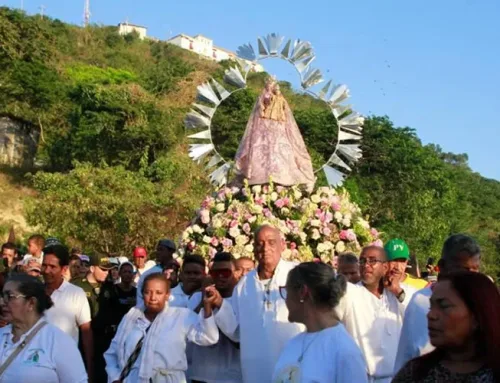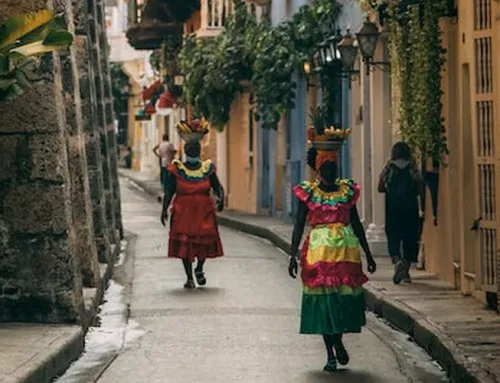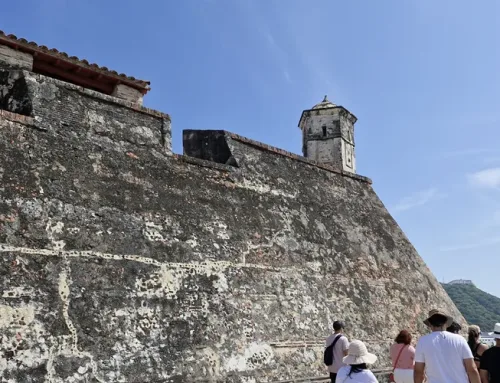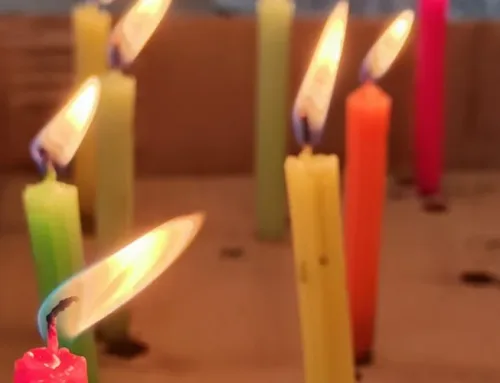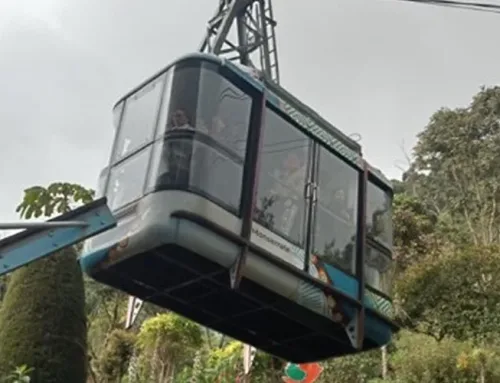No one doubts what to say paisa is always a synonym of kindness, industriousness, joy and berraquera. But it is impossible to talk about the paisas and their culture without referring to a fundamental element of their identity: their gastronomy.
The Paisa region is made up of the departments of Antioquia, Quindío, Risaralda and Caldas, as well as a portion of northern Tolima and Valle del Cauca. Its geography ranges from coffee-growing mountains to valleys, moors and snow-capped peaks. For this reason, the soil of these lands has provided its inhabitants with the most varied fruits and products for centuries, which has allowed them to develop a very varied cuisine, with options for all tastes and palates.
Here we tell you about some of the dishes that you cannot miss during your visit to the region:
Tray paisa:
Possibly the most famous of all the country's dishes. Its origin goes back to the ancient muleteers, who walked for many hours each day crossing mountains and rivers with heavy and expensive merchandise. To withstand the demanding days, the muleteers had to eat large amounts of fat and carbohydrates, and that is where the modern bandeja paisa was born. It consists of a mixture of beans, rice, plantain, egg, avocado, pork chorizo, beef, and chicharrón, all served on a huge oval plate, similar to a tray, from which its name comes.
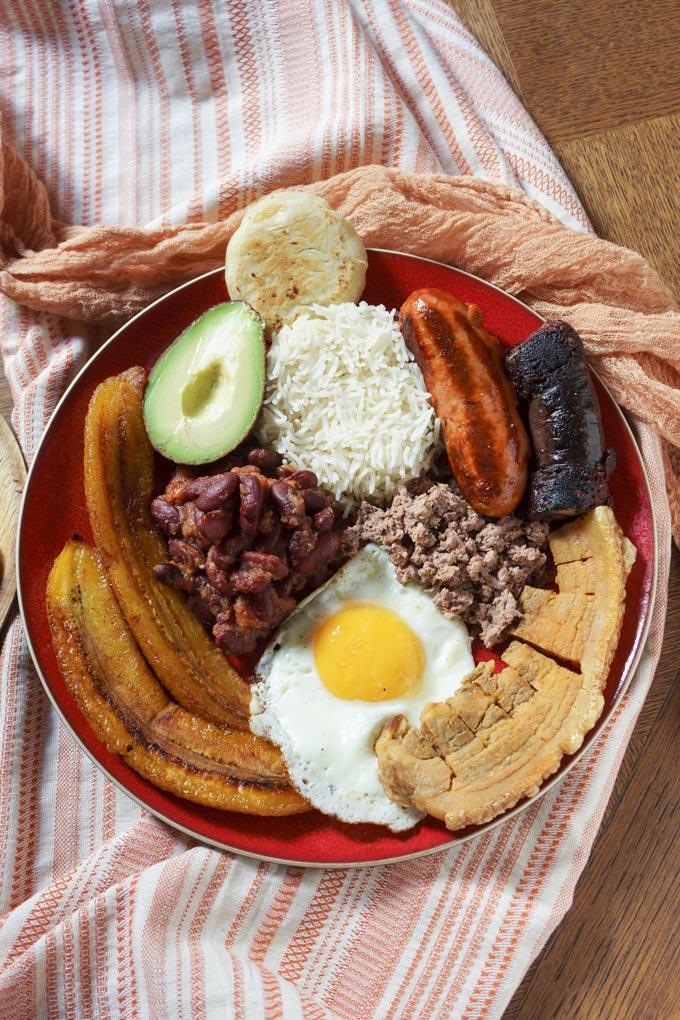
heated:
Did you order a bandeja paisa, did you like it, but was it a lot of food for you? Don't worry: you can save what you couldn't eat and prepare a calentao! The word refers to the action of heating, or reheating, which is what is customary to do with the remains of beans, rice, and meat that were not eaten the day before. Instead of throwing away leftover food, paisa families mix everything up and heat it in a cauldron to serve for breakfast. For some it may be a bit heavy to have a warm breakfast, but without a doubt you will start your day full of energy.
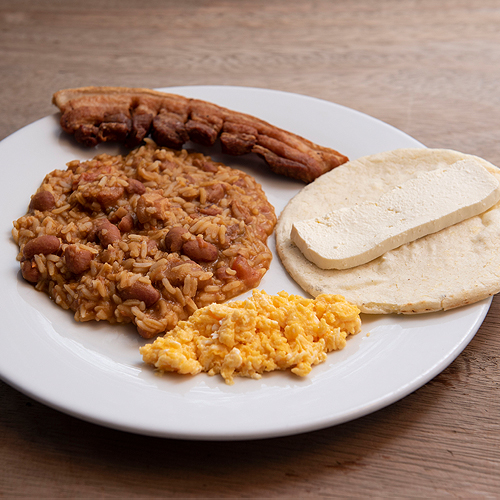
White arepa:
It is the ideal companion of the calentao. Unlike others that are prepared in Latin America, arepas paisas do not contain salt or any kind of filling. More than a main dish, they are an accompaniment based on ground corn. If they serve it for breakfast, they may also offer to add cheese, butter, and even jam.
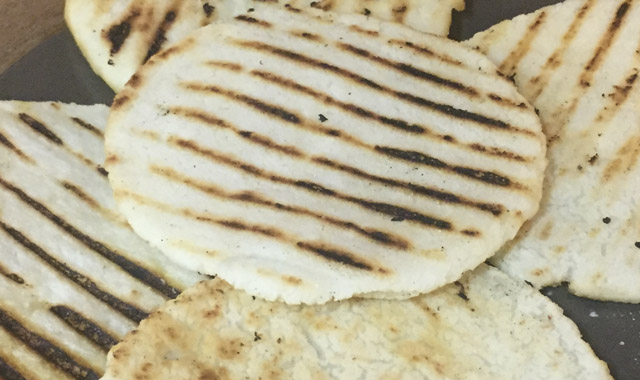
santarrosan chorizo:
Although there are many chorizos that are eaten in Colombia, those from Santa Rosa de Cabal, in Risaralda, are reputed to be the best. Like the vast majority of chorizos, the santarrosano is prepared from pork, however, it has two characteristics that distinguish it from all the others. The first is that it is made from hand-chopped ham and bacon, and the second is that it is left to cure in the sun for a minimum of 48 hours. The result is a sausage with a lot of flavor and with less fat. The traditional thing is to eat it with a few drops of lemon and a little chili.
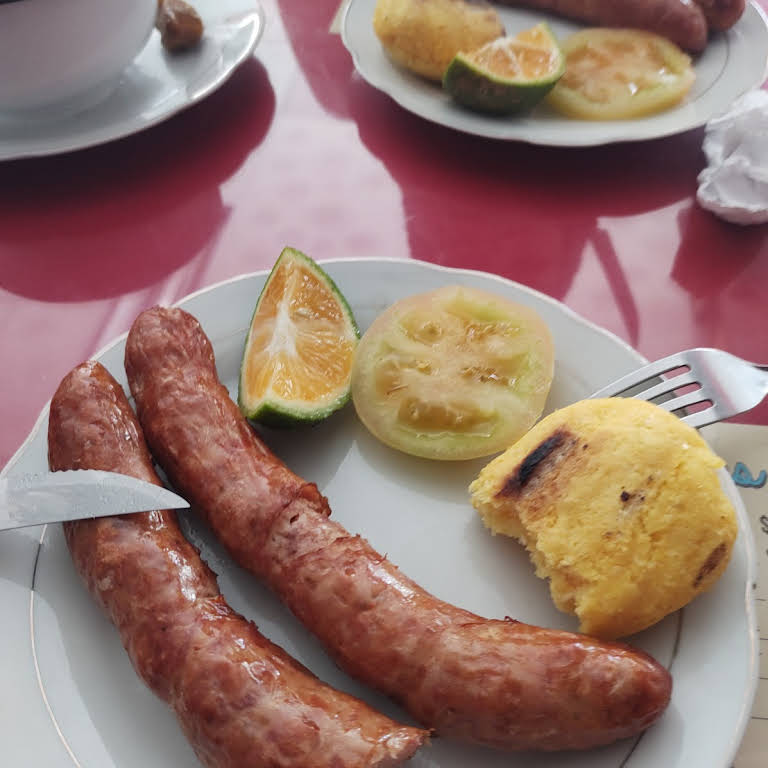
Porridge:
Depending on your taste, the mazamorra can be a drink like any other or a soup. It consists of a mixture of yellow corn and white corn boiled with milk and sweetened with brown sugar and cinnamon. There is not really a specific time to consume it, because due to its versatility it is possible to have it for breakfast, as a dessert at noon, or after dinner. In country homes it is a tradition to prepare it, but it is also customary to buy it in street carts, which go through the streets of the region offering it at any time of the day.
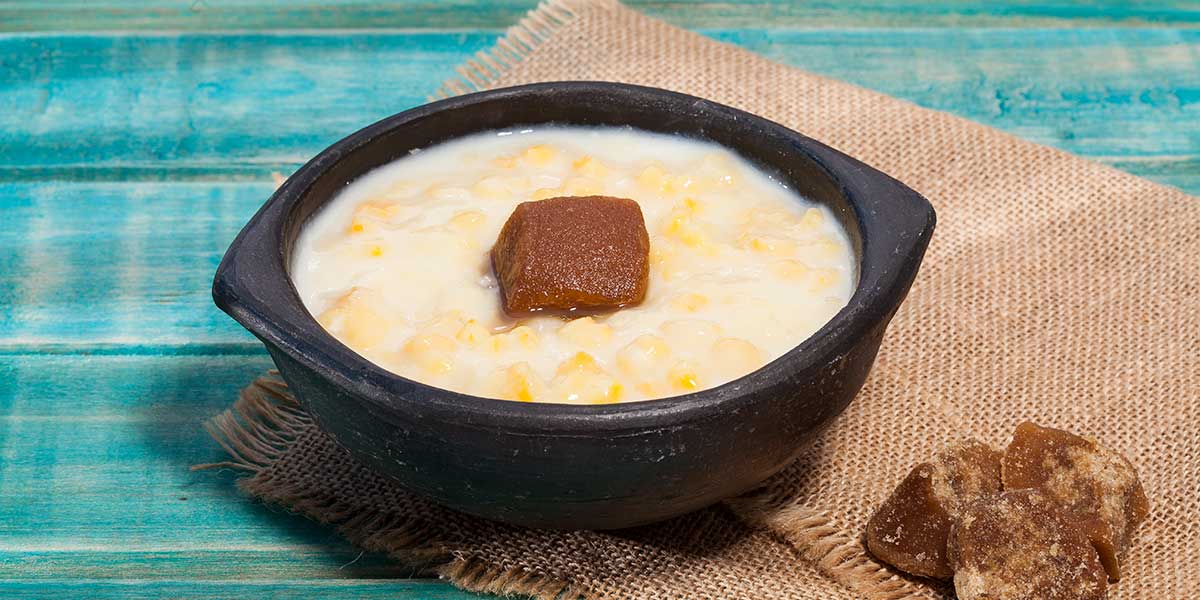
Schnapps:
What vodka is for the Slavs, or tequila for the Mexicans, that is the brandy for the paisas. It is an alcoholic beverage made from distilled sugarcane juice and flavored with anise. There is no inn that does not offer it, carriel that does not keep it, nor country that does not take it. It is best to serve it cold and take it in shots. But beware! Don't be fooled by its sweetness and freshness, because the "guaro" is around 30º of alcohol, so it's very easy to overdo it. He guava (or hangover) the next day can be strong, but calm: nothing that a calentao, an arepa or a mazamorra can't cure you.
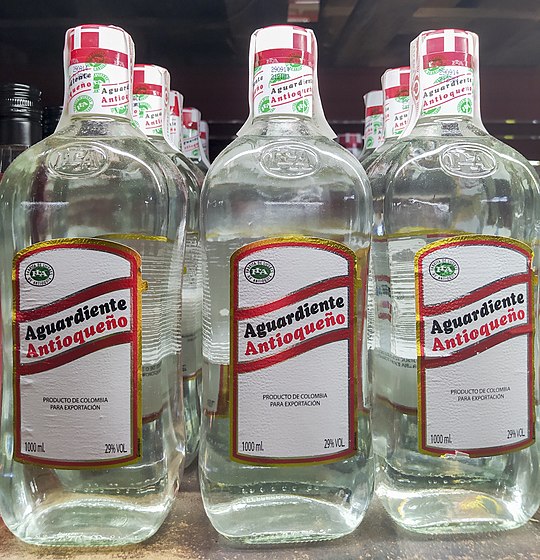
These are just some of the many dishes and products that are part of the culture and daily life of the paisas. But if you really want to get to know them in depth, the best thing is to come and try them yourself!
Come to know Colombia with Nueva Lengua and learn Spanish through complete immersive experiences… even for your palate.
Check the plans we have for you in the heart of the Paisa region, or write to us at info@nuevalengua.com to learn more about our Spanish classes in Medellin.
All the articles in this blog have been written by the teachers of our school and by students from different countries who traveled to Colombia to learn Spanish.
“You travel too and study Spanish in NUEVA LENGUA"
Follow us on our social networks:
RELATED VIDEOS
MEDELLÍN - GUADUAS

